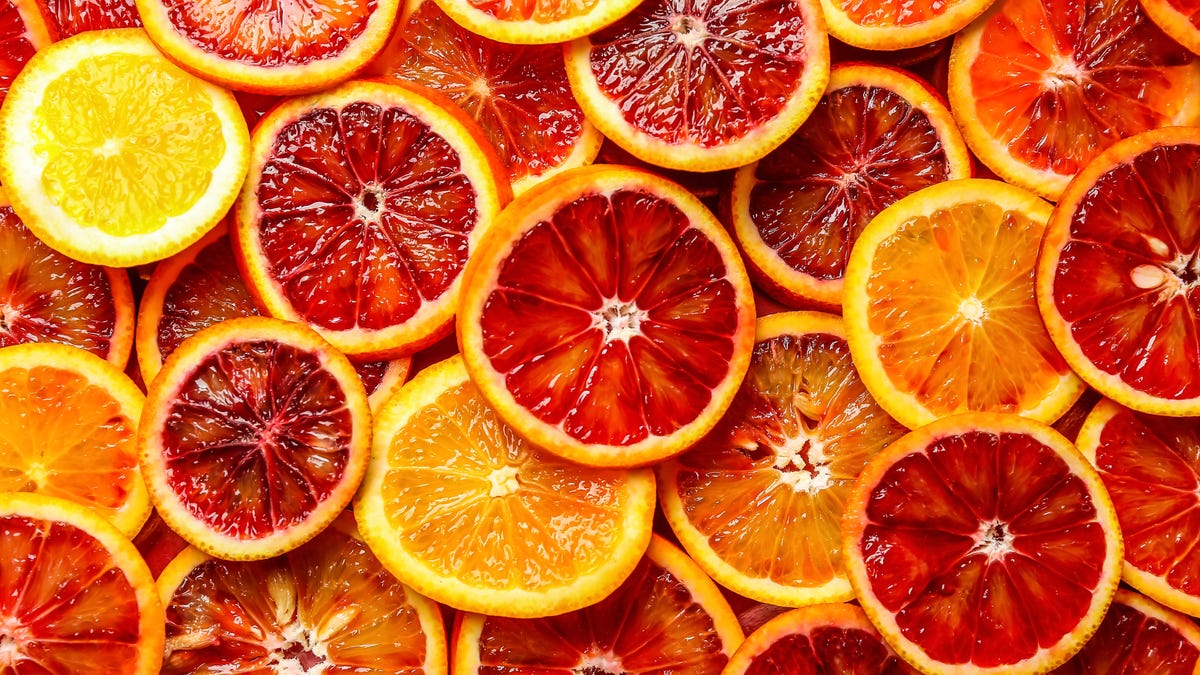With its floral aroma and sweet, deep-crimson flesh, the blood orange is an indisputably cool fruit. Yet, a recent University of Florida study measures how literally cooling blood oranges for months post-harvest could make them healthier by boosting antioxidant levels, while yielding deeper hues.
Will The MSI Claw Scratch Your Handheld Gaming Itch?
Dating back to at least the 17th century, blood oranges develop their namesake characteristics and “added antioxidant punch” when they’re exposed to cold either during development or after they’re harvested, per research published by the American Society of Plant Biologists. Such conditions readily occur in the Mediterranean, where cool nights drive production of anthocyanin pigments. Anthocyanin is also responsible for the dramatic hues found in fruits and vegetables such as açaí berries and purple cauliflower.
However, blood oranges grown in subtropical and tropical regions, including Florida and Sao Paulo, Brazil, typically feature blonde-ish flesh with “low or negligible anthocyanin concentrations,” University of Florida researchers said. For Florida growers, the solution — commercially speaking — might be as simple as refrigerated storage, according to the study.
Graphic: Fariborz Habibi et al, University of Florida
Using blood oranges from a research plot in northern Florida, the scientists found that cooling the fruits for 60 days post-harvest at 10-12 °C (around 50-54 °F) “promoted the highest increases in total anthocyanin concentration, total phenolic content and total antioxidant activity.” Exposing the oranges to temperatures lower than 5 °C, however, can injure the fruit and limit anthocyanin development.
According to lead author Fariborz Habibi, a post-doctoral researcher at the University of Florida, the commercial viability of blood oranges in Florida is still in question. “Improved fruit quality from the storage method presents a promising opportunity for the Florida citrus industry,” he said. “However, further study is needed before recommending anything to growers.”
In the meantime, if you ever find yourself underwhelmed by the hues of store-bought blood oranges, you could always try utilizing the researchers’ findings by popping them in your fridge for a while. “Fruit can also develop internal color under similar conditions at home,” said University of Florida associate professor of horticultural sciences Ali Sarkhosh. But blood oranges sold in supermarkets real ought to “have a good internal color and be ready for consumption,” he added.
